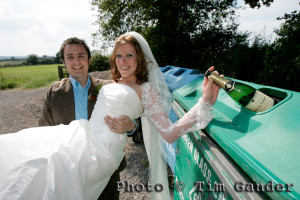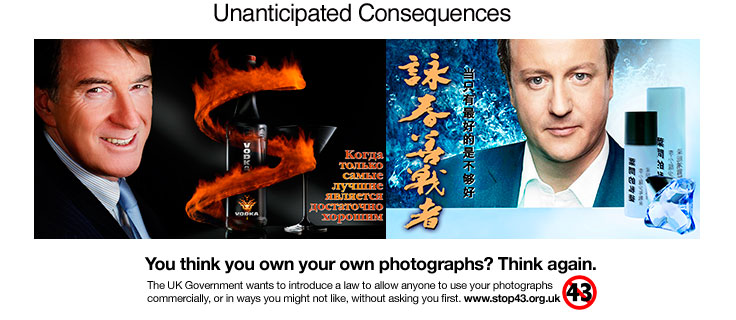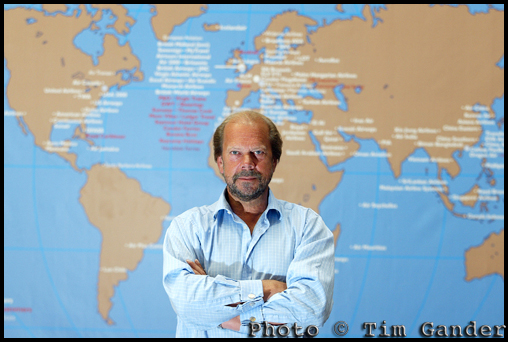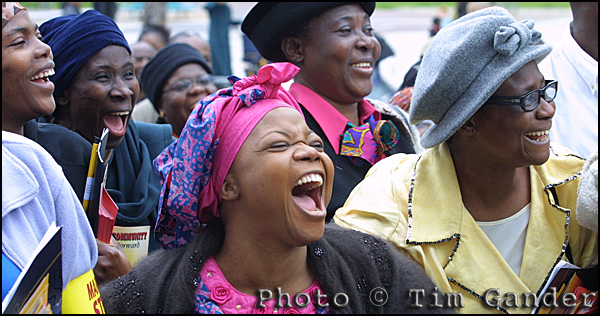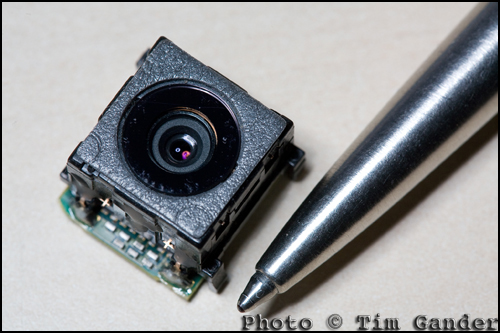I’ve recently introduced a new system for presenting and delivering images to clients. I haven’t shouted about it to everyone yet because I felt it needed to be tested with some trusted clients first, but it’s proving so popular that I’m offering it to anyone I think can benefit from it.
Here’s how it works, but a little history first:
It used to be I’d shoot an assignment, then make a web gallery from the images before any post production was carried out on them. The client would choose images from the gallery, send me the image reference numbers, and I would carry out post production and send the photos via CD, email or FTP.
The client would either have an agreed number of images included in the price, or would pay an hourly post production fee according to how many images they needed.
This was all well and good, except that most clients would end up choosing 30 images from a 30-image deal (for example) when they only needed maybe 12 images to start with. The rest they were picking just to make up the package, when they didn’t necessarily know how they might use those photos.
Now with the client-specific, interactive gallery, I do the shoot, edit the pictures, do post production on all remaining shots and upload them to the client gallery, from where the client can download the files they need, when they need them. The files are all ready to be published when the client sees them, and they don’t need to download the entire package of photos in one go. The gallery remains for as long as the client requires it, and indeed the client can have me add to the gallery with subsequent shoots.
This development has also allowed me to put together a more formal pricing structure for all those assignments which don’t have special, extra requirements in either equipment, travel or licence to use the images. In other words, standard corporate shoots.
You can download the rates card here Tim Gander Fees to see how it works. I put together three packages to suit different business sizes, types and picture needs, from an all-in option for the busy client with a need for quick access to lots of images over a period of time, to the startup that might just want to have a bank of images sitting safely there for them to buy as and when they need them, thus managing their cashflow better.
Of course there will be times when clients need more extensive rights to the images than my standard terms allow for, and there will be clients with a much lesser requirement, or shoots will be more or less complicated or expensive to run, in which case rates will be negotiated according to the assignment and the client’s needs, but this system will suit the majority of standard, corporate assignments.
I welcome feedback on this, so have a look and tell me what you think.
Tim Gander is a commercial photographer shooting corporate photos for businesses in the Bath, Bristol, Swindon and Salisbury areas of the South West of England, and has a habit of talking about himself in the third person.
Contact Tim on 07703 124412 or tim@timgander.co.uk


